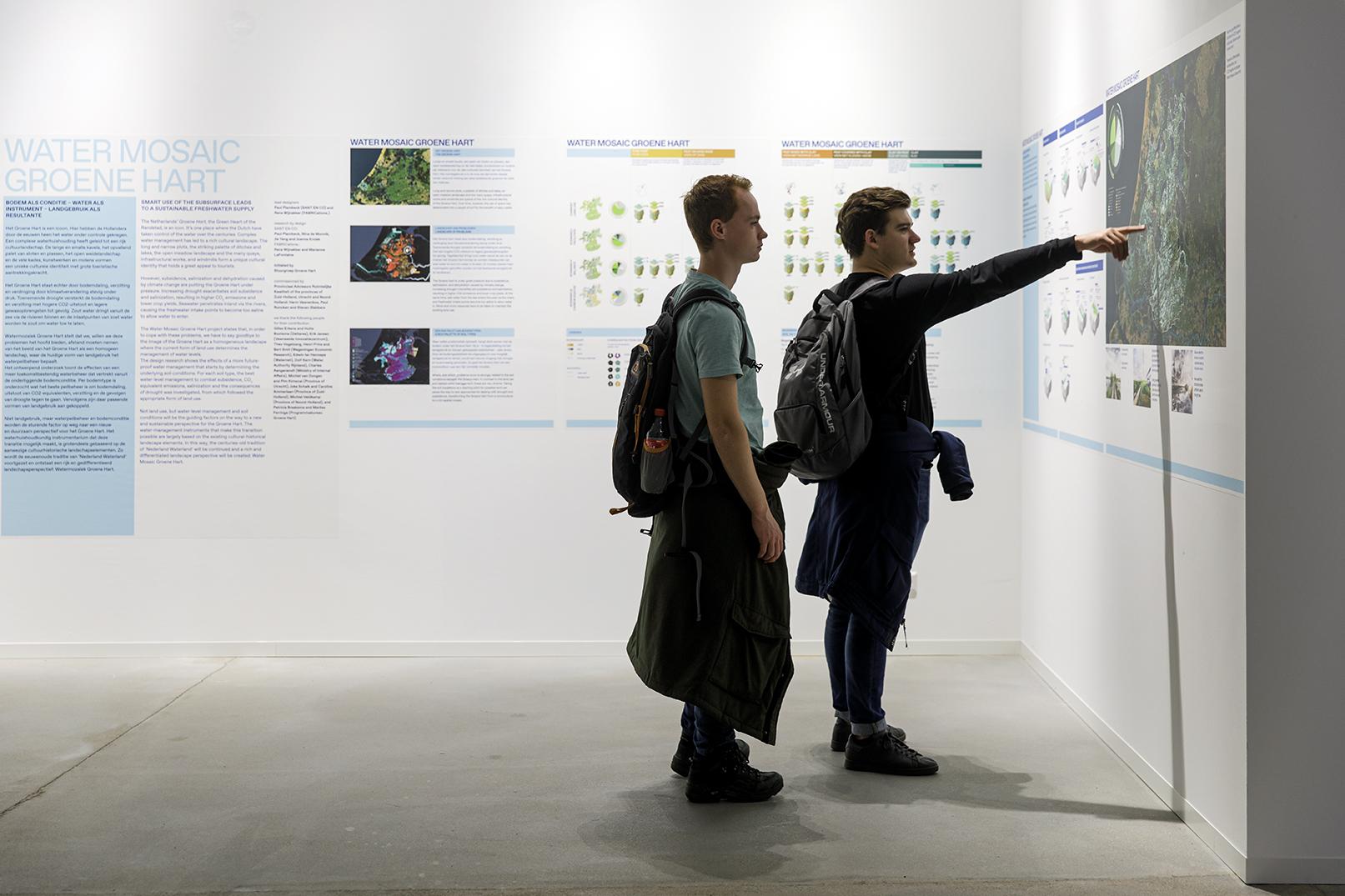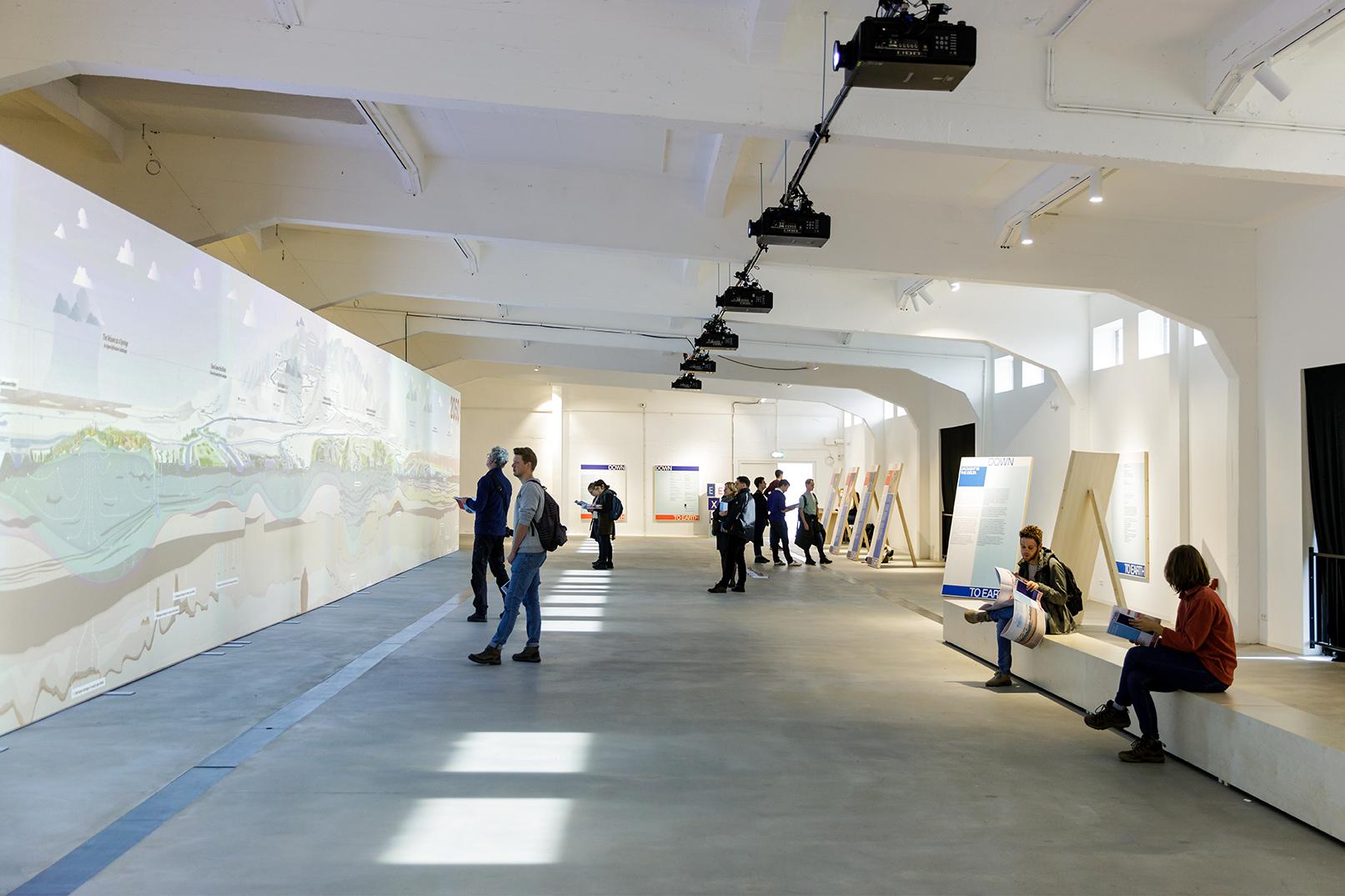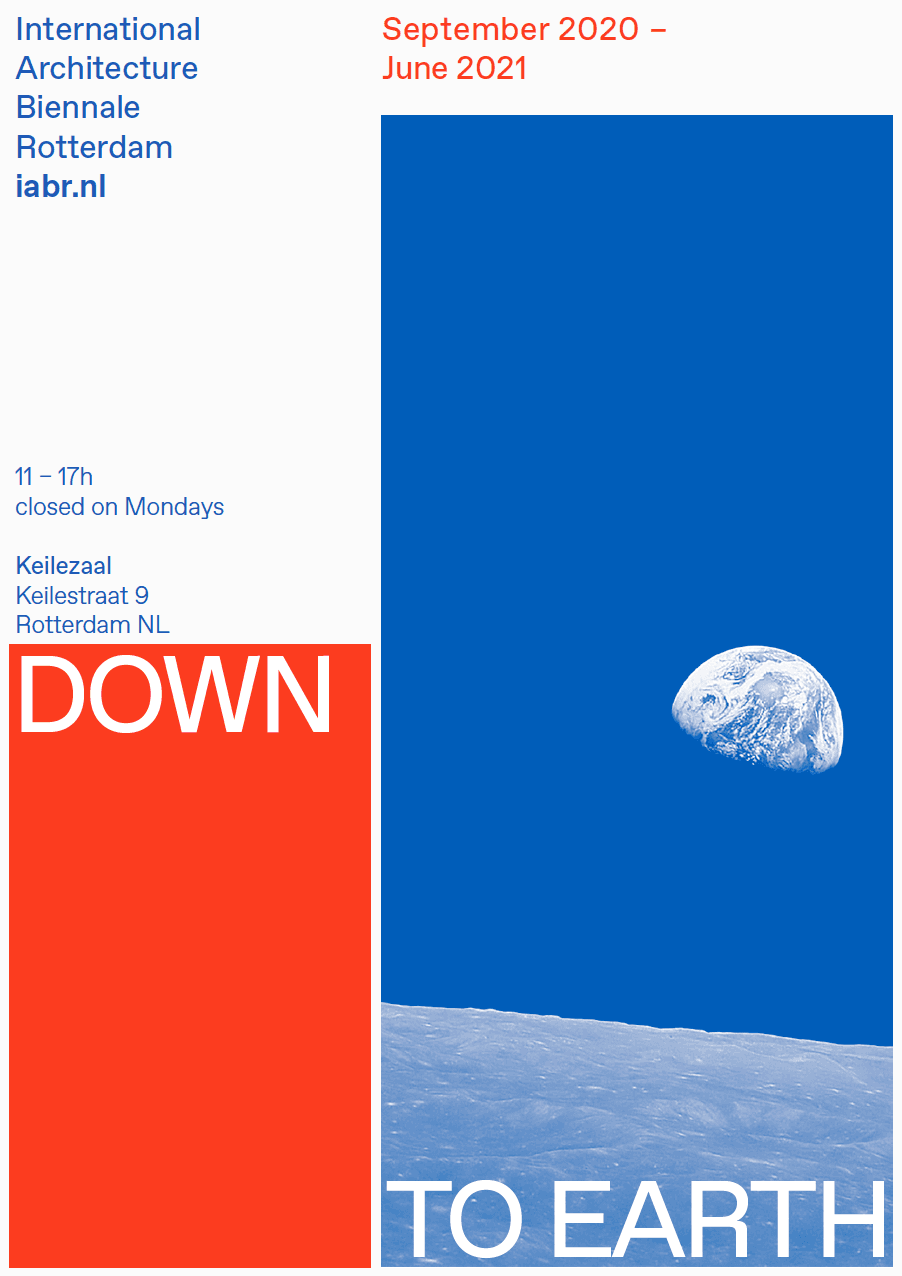Building Blocks for a New Freshwater Strategy
The results of the Atelier provide an inspiring picture of the future and, just as importantly, feasible proposals for viable solutions. The idea of a ‘new freshwater level’ provides building blocks for the national freshwater strategy. It shows how the freshwater challenge can be used in the integral transformation of our (urban) landscapes and contribute to a resilient region capable of coping with extremes. We need a flexible and adaptive system that can adapt to changing conditions and expected extremes by harnessing the strength of the subsoil. At the same time, it presents an attractive picture of the future with a variety of attractive landscapes, robust nature, and a pleasant living environment. Local and regional governments can thus address their own specific challenges in such a way that all actions fit optimally into the coherent transition of our Delta. It also highlights the need for international agreements on the distribution of water in the Rhine, Meuse, and Scheldt river basins. After all, Germany, Switzerland, France, Belgium, and the Netherlands are all connected and dependent on the same freshwater system.
In the lower parts of the Delta, space is often at a premium and water safety challenges are often greater. Here, agriculture and greenhouse horticulture alternate with cities and industries. Here, many freshwater measures will take place in the subsoil and be more technical by nature. Industry, cities, and agriculture can use each other’s treated residual water as much as possible, leaving fresh water in the subsoil. Extending the dune landscape means creating additional resistance to salt water. Freshwater measures will also be visible in the city. Landscapes of polder roofs, sponge gardens, and retention parks will be used to store rainwater and provide cooling in summer. The old meanders of the major rivers will be used in the freshwater system, together with dike reinforcements and river widening, so that in 2050 the river landscape will be much more dynamic than it is today, and sufficient water will be available when needed. The agriculture of the future will not only feed people, it will also feed the soil. A healthy soil is better able to retain rainwater during dry periods. The natural environment of the sandy soils of the high-lying Netherlands will transform from a withering coniferous forest to an open infiltration landscape. A special landscape will emerge, with significant differences in altitude, streams, and deciduous forests. Spruce will give way to oak, birch, and beech, reducing groundwater evaporation and creating ecological and spatial diversity. Streams meander once again, and the return of watermill landscapes ensures that surface water has time to replenish groundwater. The landscape that will grow here, from the bottom up and from the top down, will have a robust ‘new freshwater level’.
Learning Deltas
Freshwater is critical to virtually all natural ecosystems. But as the world’s population continues to grow, natural freshwater resources everywhere are declining at an alarming rate. Freshwater-dependent food production cannot sustain this population growth. Not even in the world’s deltas, the eminently fertile but fragile areas that are home to more than half a billion people.
Extensive irrigation of agricultural land increases the concentration of salt in the soil of these delta regions. Further salinization of coastal areas, where nearly half the world’s population lives, exacerbates the problem. Reservoirs around the world are drying up, aquifers are being drained but not adequately replenished. One billion people have no access to safe drinking water. Where water is not effectively managed, rationing and the fight for fresh water have already begun. The good news is that the problems of deltas, from our own Rhine-Meuse-Scheldt Delta to the Mekong Delta, and from the Sundarban Delta to the Mississippi Delta, are similar. The main differences are the scale of the problems and the extent to which integrated water management is in place. In many places, a complex overview of the interrelationships among all the transition issues is lacking, and opportunities are not being exploited. The potential and conscious management of the subsoil is also often overlooked. Lessons learned from working on our own delta are applicable to deltas around the world. And vice versa: if we learn from each other openly and constructively, the water challenge can be used globally as a lever, as an opportunity to make deltas resilient and sustainable.






